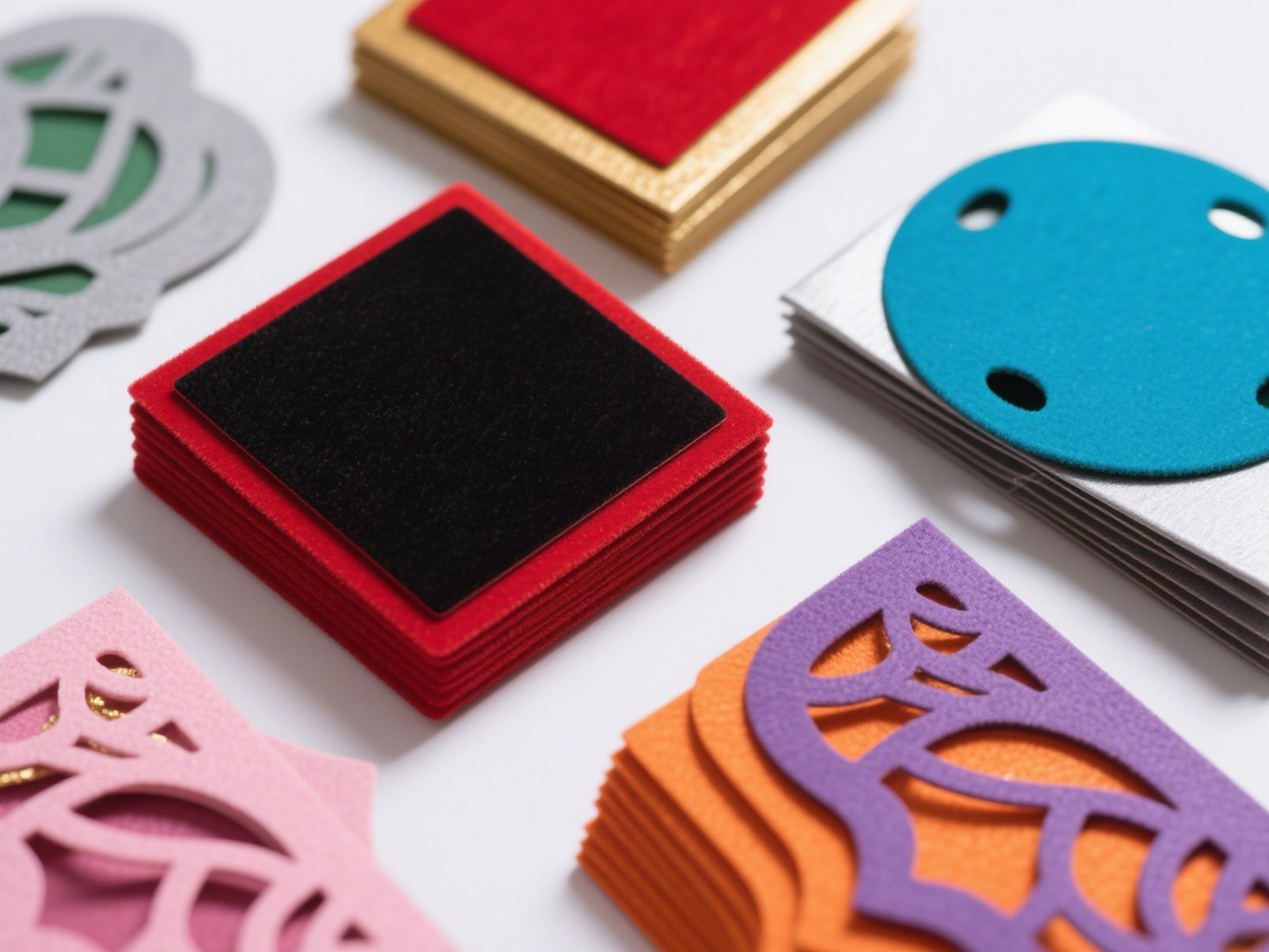Waterproofing concrete walls from the inside is a critical process for homeowners and builders alike, especially in areas prone to moisture intrusion. Whether you're dealing with a basement, a foundation wall, or any other concrete structure, understanding how to effectively waterproof from the interior can prevent costly damage and maintain the integrity of your property. This article delves into the methods, materials, and best practices for achieving a robust waterproofing solution.
Understanding the Importance of Interior Waterproofing
Before diving into the techniques, it’s essential to grasp why waterproofing is vital. Concrete is inherently porous, allowing water to seep through and cause various issues, including mold growth, structural damage, and deterioration of finishes. Interior waterproofing not only protects your property but also enhances indoor air quality and overall comfort.
Assessing the Source of Moisture
The first step in waterproofing is to identify the source of moisture. Common culprits include:
- Groundwater: Water from the surrounding soil can exert hydrostatic pressure on walls.
- Rainwater: Poor drainage systems can lead to water pooling against the foundation.
- Condensation: High humidity levels can cause moisture to condense on cooler surfaces.
Conducting a thorough inspection will help you determine the appropriate waterproofing strategy.
Choosing the Right Waterproofing Method
There are several methods to waterproof concrete walls from the inside, each with its advantages and specific applications:
- Sealants and Coatings
One of the most straightforward methods is applying waterproof sealants or coatings. These products create a barrier that prevents water penetration. Look for:
- Acrylic Sealants: These are easy to apply and provide a flexible barrier.
- Epoxy Coatings: Known for their durability, epoxy coatings can withstand significant pressure and are ideal for high-moisture areas.
Application Tips:
- Clean the surface thoroughly to remove dirt, grease, and loose particles.
- Apply the sealant in multiple thin layers for optimal coverage.
- Ensure proper curing time as specified by the manufacturer.
- Interior Drainage Systems
For more severe moisture issues, installing an interior drainage system may be necessary. This system typically involves:
- French Drains: These are trenches filled with gravel and a perforated pipe that redirects water away from the wall.
- Sump Pumps: In areas with high water tables, a sump pump can be installed to remove accumulated water effectively.
Installation Considerations:
- Ensure the drainage system is connected to an appropriate outlet.
- Regular maintenance is crucial to prevent clogs and ensure functionality.
- Waterproofing Membranes
Waterproofing membranes are another effective solution, especially for below-grade walls. These membranes can be:
- Sheet Membranes: These are applied directly to the wall and provide a continuous barrier.
- Liquid Membranes: These are painted on and cure to form a seamless waterproof layer.
Best Practices:
- Ensure the wall surface is dry and free of contaminants before application.
- Follow the manufacturer’s instructions for thickness and curing times.
Enhancing Your Waterproofing Strategy
While the methods mentioned above are effective, combining them can yield even better results. For instance, using sealants in conjunction with an interior drainage system can provide a comprehensive solution to moisture problems.
- Ventilation
Improving ventilation in areas prone to moisture can significantly reduce condensation and humidity levels. Consider installing vents or dehumidifiers to maintain a balanced environment.
- Regular Inspections
Conduct regular inspections of your waterproofing systems to identify any signs of wear or failure. Early detection can save you from extensive repairs down the line.
Conclusion
Waterproofing concrete walls from the inside is a multifaceted process that requires careful planning and execution. By understanding the sources of moisture, selecting the appropriate methods, and implementing best practices, you can protect your property from water damage effectively. Remember, the key to successful waterproofing lies not only in the materials used but also in the attention to detail during application and maintenance. With the right approach, you can ensure that your concrete walls remain dry and resilient for years to come.


